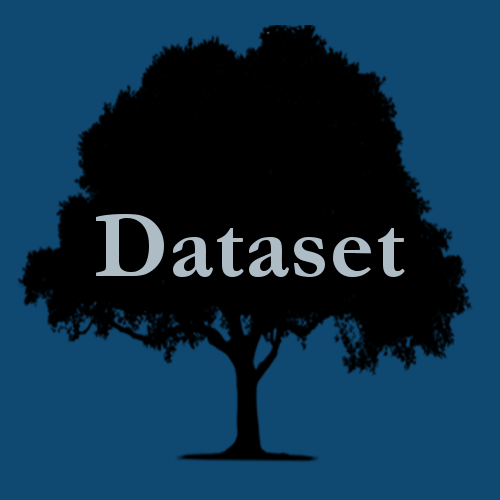Details and Metadata
Printer-friendly version View XML version Download Ecological Metadata Language file
Methods
The methods followed in the creation of the dataset, including description of field, laboratory and processing steps, and quality control procedures
Current Methods
Mapping tree symptoms
Defoliation, mortality, or other tree symptoms are mapped from north-south flight lines 3-4 miles apart, generally flying at 120-130 mph, 1000-2000’ above the terrain. 2001-current, polygons were generally sketched onto a digital system with variable scale maps (generally 1:100,000).
Prior to 2001, sketching was done on hardcopy maps (7-1/2’ USGS maps from the early 1990’s until 2001; 15’ USGS maps prior to 1990.)
Understanding cause of damage
If an “unknown” damage was widespread, representative polygons were usually visited on the ground to determine the cause of damage. Otherwise, ground checking of survey results was sporadic. Most years, the entire state was surveyed at least once in August – September. During defoliator outbreak years or years of weather events, survey timing was targeted for those damages (the annual data from these years may lack chronic damages, as mappers focused on the target damage).
Dataset Fields
Detailed documentation of the fields comprising the dataset, including the type of measurement, units where applicable, and any controlled vocabularies or code lists present in the data
No documentation available for these fields
Sampling Equipment
Equipment and software used to collect data, including how that equipment was used.
Current Equipment
Fixed-wing airplane
Fixed-wing airplane. Mapping onto USGS topographic or other maps
Site Characteristics
The spatial extent of the dataset site coverage, and descriptions of the spatial extent and context for the data collection
- Site Description
Sketchmapping surveys can cover the entire state of Vermont


 Details
Details